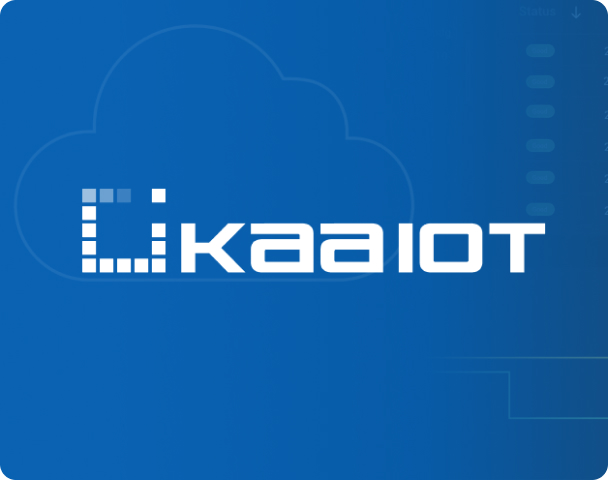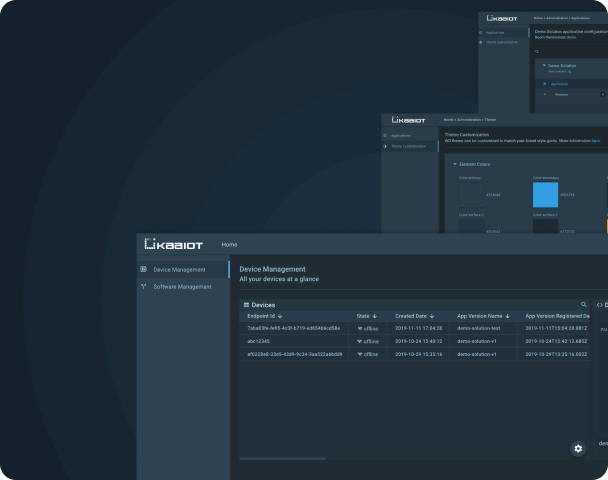Identity and Access Management: Where We Were & Where We Are Now
We live in a digitized era that would have been unthinkable decades ago and almost everything we do depends on data. This has provided significant benefits of course (can you imagine living during the COVID-19 pandemic without access to the internet) but it also entails risk to our security and privacy, for companies and individuals alike. Given the huge amounts of information stored on clouds we need a system that controls access to the right people, the right businesses, at the right time.
Enter identity access management (IAM), a system by which major public cloud providers like Amazon Web Services (AWS), Microsoft Azure, and Google Cloud Platform can deploy applications and data with far greater protection than previously possible. IAM tools are essential for anyone who uses cloud-based software, whether that be for themselves or for business. That’s why we’re going to explore IAMs, examine the history of their development, and what you need to know now.
When We Began Managing Identities
First, it’s important to consider what exactly identity entails as there’s much more to the concept than mere login information. Identity has history, thousands of years in fact, and the concept includes not just a person’s name but their title, age, occupation, and a myriad of other factors, which in the digital age have all become crucial and valuable information protected by privacy laws. This necessitates the creation of a way people can safely process this data.
Tahe conceptualization of IAM began in the early 2000s when developers realized they needed to securely store access information like handle authentication, attributes, and more. First to emerge was access control lists (ACLs), which allowed users to authenticate themselves using a unique identifier and a security token, in layman’s terms, a username and a password.
If you were around during this time you’ll probably remember writing login and password information down on a piece of sticky note paper, which was hardly a secure way to protect one’s personal information. What’s more: you needed a sticky note for each system you had access to, since each one had its own built-in user database, and you needed separate credentials for each. Access could be lost or mislaid, and it was easy to mix up which piece of paper belonged to which application.
Soon there were more apps than ever before and pieces of paper with hastily scribbled notes couldn’t suffice.
New Developments, New Details
Identity management was the next step towards IAM and built on what came before to provide a more comprehensive authentication build. Now, access to apps, systems, websites, and other tools could be centralized via one profile while using the same login info. Known as centralized user directories, they took a considerable burden away from the identity attribution process.
All of this occurred in tandem with improvements in credential management that ensured access to these centralized systems, so goodbye sticky note paper. While before, each app or system had its own user database and had to implement its own authentication/authorization process, now the database was consolidated into a standalone identity system that could manage the process.
These included user directory servers as well as standard protocols such as LDAP (Lightweight Directory Access Protocol) that allowed outsourcing authentication from one app to another. This meant there was less boilerplate code to deal with, less infrastructure to manage, less room for error, and fewer accounts required for credential management.
This streamlined the workload of IT teams by reducing the number of tickets sent for password resets and offered users options to undergo verification procedures. These included single factor authentication (a simple password), single sign-on (SSO), and multi-factor authorization (MFA).
So we had a significant step up, but problems persisted. Authorization remained the responsibility of the application on each occasion a request was made, and human error remained an issue at times. Developers realized that a better alternative was required to provide the best levels of security possible. The solution wasn’t long in coming.
Technology in the Clouds
IAM offered consolidated authorization (including authentication) and allowed users to create a common decision-making language between the apps and identities managed under one system. Now, instead of each tool being solely responsible for its own identities and permissions, an external service could be engaged to manage access.
For example: an app developed in the early 2000s had to operate on its own when it came to identity management and was not connected to any others. Then, external systems emerged to keep user information and perform authentication. Finally, with the emergence of IAM, the same app would be able to delegate authorization decision making.
This occurred in tandem with the development of cloud infrastructure. Services like AWS could provide strong, siloed IAM services across its software suite, which means users could experience seamless identity and access management across all of Amazon’s infrastructure. However, if they went beyond that, the user would find themselves without protection, and what is more, they would not be able to integrate new software or customize AWS IAM. The same applies to other services like Microsoft Azure and Google Cloud Platform.
In real life, permissions and roles for all the IoT system users change dynamically to facilitate business processes and maximize employee agility and company revenue. Connected devices, servers, projects, databases, and work groups need to reconfigure with every improvement of the company structure.
Whether it’s the cloud or self-hosted solution, IAM holds keys to your business’ digital transformation, taking care of the stability and security at your enterprise.
IAM tools should be open for integration, highly customizable, and able to easily configure apps. That’s why we developed Kaa Identity and Access Management (Kaa IAM). It provides integration APIs, supports arbitrary 3rd party app integrations by providing a common language (Kaa Resource Names, Actions, and configurable access control Policies).
It takes away the burden of both user authentication and authorization by reducing the security boilerplate to IAM integration. It’s simple to use, flexible, and the comprehensive answer to the original identity and access management problem.
Deploy safe and flexible Kaa IAM for your apps or multilayered services for quick and easy assigning of permissions across multiple users or categories of users.
Related Stories
- Platform updates
Reducing edge device management complexities with an IoT platform
With the advent of IoT, edge device management has attained a whole new level of importance for businesses. Edge devices...
- Platform updates
The Kaa IoT Cloud is Available for Free Trial!
We are excited to announce that the Kaa IoT Cloud (alpha) is now available for free for everyone! This is the Kaa Enterprise IoT Platform...
- Platform updates
New Release: Kaa 1.1 is Here!
We are delighted to announce the new Kaa 1.1 release, which offers multiple improvements on configuration management...



